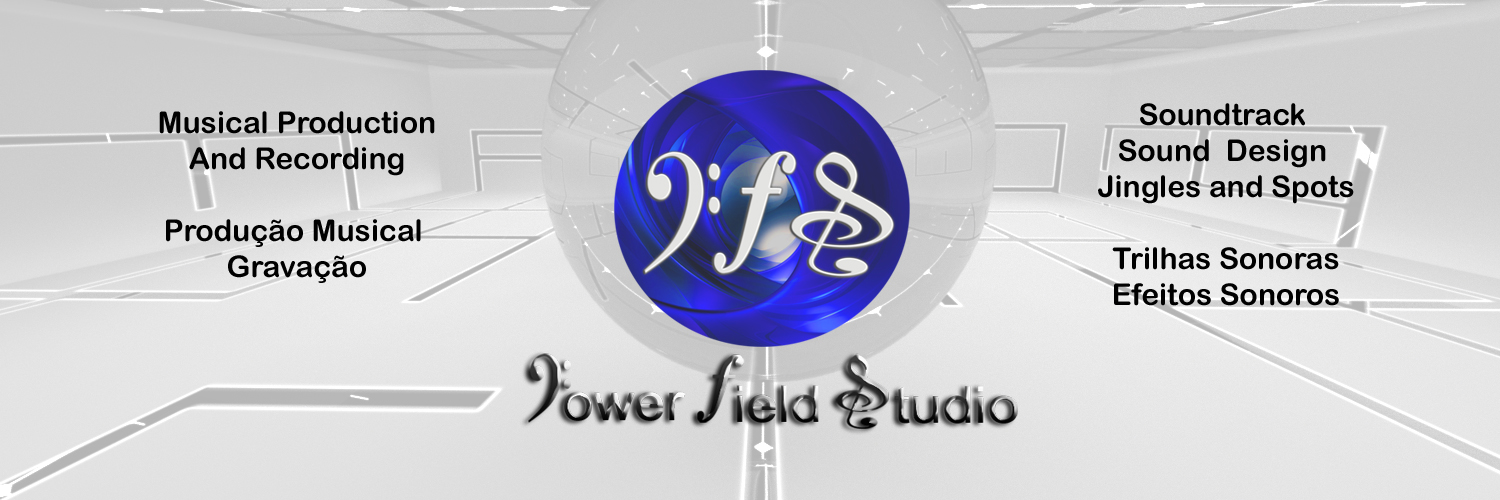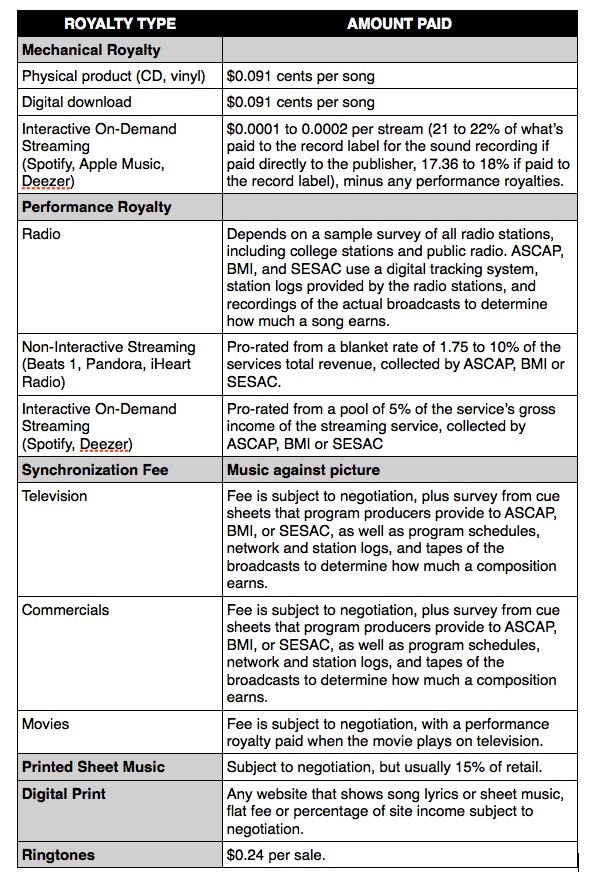Forgotten revenue streams for Musicians & Labels
Being a musician in today’s music industry not only requires musical talent. It also requires you to become a quick-thinking, creative mastermind in order to generate the most revenue from your music. There are many ways that musicians can earn money from exploiting their compositions, sound recordings, live performances, and brand. Here is a list of 6 revenue streams you should be capitalizing on – other than just selling your music.
1. YouTube Monetization
Although most don’t usually consider YouTube to be a revenue-generating outlet, it very quickly has become one of the most popular outlets for discovering and listening to music in the world. Check out some of the crazy statistics they have on their site. Tell me what musician or record label shouldn’t be part of this ever-growing community!
• More than 1 billion unique users visit YouTube each month
• Over 6 billion hours of video are watched each month on YouTube—that’s almost an hour for every person on Earth
• 100 hours of video are uploaded to YouTube every minute
• 80% of YouTube traffic comes from outside the US
• YouTube is localized in 61 countries and across 61 languages
• According to Nielsen, YouTube reaches more US adults ages 18-34 than any cable network
• Millions of subscriptions happen each day. The number of people subscribing daily is up more than 3x since last year, and the number of daily subscriptions is up more than 4x since last year.
(YouTube Statistics, 2014)
Not only do they have one of the largest user bases in the world, but they also get tons of exposure outside of the US, allowing you to expand your viewership and fan base. If you are ready to start monetizing your YouTube channel, Symphonic Distribution can help you. We also have the most affordable pricing out there. We guarantee it.
Get started!
2. Publishing Administration
Publishing Administration is an animal that has recently been tamed for the ease of the independent musician community. More musicians are now aware of this vital revenue stream, which in past years many have been missing out on. So what is Publishing Administration? In the music industry, publishing refers to the ownership, control and commercial exploitation of musical compositions. It further involves the collection of all royalties ensuing from the usage of musical compositions. Music publishing is the business of songwriters, composers, and lyricists. So how does this help you make money?
Well, if your music is:
• Being streamed
• Performed live in medium to large scale public venues
• Played on the radio
• Played on TV
Guess what? Your songs have been generating publishing royalties (which include performance and mechanical royalties). If your songs aren’t registered with Performance Rights Organizations (PROs) or mechanical royalty collection agencies, you ARE NOT collecting all your mechanical or performance royalties from your music. Unless you register yourself AND your compositions, you will never see these royalties. So it’s really important that you get yourself a Publishing Administrator that can do this on your behalf at an affordable cost. Most will charge you anywhere from $100 – $75 and will register your works in collection societies around the world. Plus most Publishing Administrators will keep anywhere from 20% to 10% of the royalties they collect. Be weary though on how much control they will have over your music! Some companies’ bundle several services into one and will not only collect your publishing royalties, but will sometimes handle your Sync Licensing exclusively as well. (We’ll chat more in depth on licensing in a bit.) If you’d like to get more information on how Publishing Administration works and the services Symphonic Publishing Administration offers,
you can find all the details here.
3. Sync Licensing
Sync Licensing (short for “synchronization licensing”) refers to the making of your music available for opportunities in film, TV, commercials, video games, and any form of visual media. In this realm the key decision makers are called Music Supervisors. Symphonic Distribution has partnered with strategic and key companies, such as Rumblefish, Music Supervisor Inc., and Cue Songs, which allow for actual Music Supervisors to navigate and choose from the music in their platforms for opportunities they have available. “Rumblefish artists have been paid millions in royalties because clients love to tell their stories with this amazing music.” (Rumblefish, 2012) If you’d like to make your music available for licensing opportunities,
partner with Symphonic Distribution and we can get it to the appropriate firms that can help expand your music’s reach.
4. Background Music Licensing
Similar to Symphonic’s Sync Licensing program, there are companies which we have partnered up with that accept music as background music. These companies’ clients, such as stores, hotels, restaurants and more, will use that music in their establishments. The largest companies that used to focus on this type of service were DMX and Muzak. Today these two companies have merged and formed
Mood. They house the industry’s biggest and best rights-included music collection for background music. Mood prides itself as a censorial media specialist, using music and video linked to brand personality. Symphonic’s licensing department works with Mood Music designers to hand-pick each track for submission to its channels. Want to offer your music for Background Music Licensing?
Apply to our Licensing Program here!
If you’d like to get more information on Background Music Licensing, check out our previous blog post on the subject.
5. Neighboring Rights
If you’re a record label/master rights owner, and your master recordings are being publicly performed and broadcasted, you’re earning neighboring rights royalties. This is completely separate from the field of music publishing, in which songwriters and composers earn performance royalties from public broadcasts of their musical compositions. These types of royalties are collected when music is:
• played on Pandora
• played on BBC radio
• played on Sirius XM
• played on cable TV music channels
• played on terrestrial radio outside of the USA
• played in businesses as background music (restaurants, retailers, hotels, etc.)
• played in clubs / live performance venues
• played on any internet radio platform
• played on any satellite radio platform
• played on various new online medias
Due to the unique nature of this royalty type, Symphonic’s Neighboring Rights Administration Service is only available to eligible labels who are distribution clients and who are approved by our Rights Management team. If you’d like to be considered because you’re music does fit these types of scenario,
contacts us for more information and see if you are eligible.
6. Merchandising
Selling merchandise is one of the best ways for generating income for your band, record label, or artist brand. As a matter of fact, it may be the only source of income that you as an artist can easily control. If you are a record label or musician, the most important thing you have, besides your talent of course, is your fans. Take care of them and come up with some cool options for branding your music, and have your merchandise available at all your shows and on your site. Not only will it be a nice treat for your fans, but you’ll also have free walking advertisement.
As you can see, there are several things that today’s musicians and/or record labels can do in order to maximize the revenue potential of their music. That is why we are committed to providing these outlets to our clients, so that clients are able to collect money that is already sitting out there AND to have creative ways to generate more money from their music.































